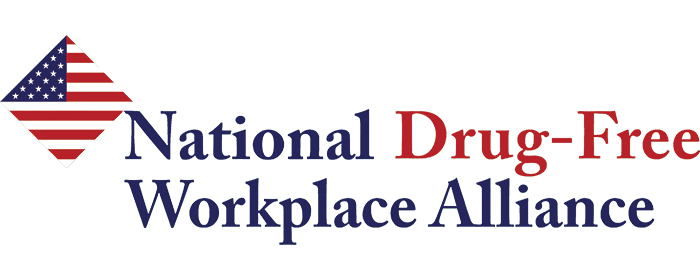In the glossy realm of television, workplaces are often depicted as hubs of drama, intrigue, and sometimes, a fair bit of substance use. Take the Max TV series "Industry," for instance, where characters indulge in a "work hard, play hard" mentality that occasionally veers into the realm of illicit drug use. While these depictions may add spice to the storyline, they overlook the true risks of substance use within the workplace.
Contrary to the silver screen, employee substance use and addiction pose significant challenges in real life. According to the Society for Human Resource Management, nearly 9% of adults in the workforce—approximately 13.6 million individuals—struggle with alcohol or illicit drug use.1 An equal number have reported either being in recovery or having recovered from a substance use problem.
Law360’s Tracey Diamond and Evan Gibbs interviewed Larissa Boz, senior counsel at Squarespace, to discuss how a real-life workplace compares to a show like “Industry.” This conversation made it clear that it is essential to draw a clear line between fiction and reality.
Here are some key takeaways to consider:
Establish Clear Workplace Conduct Policies: Every employer should have robust policies regarding workplace conduct, particularly concerning drug and alcohol use. These policies need to be made clear to employees and shared accordingly.
Criteria for Reasonable Suspicion: It's crucial to define clear criteria for reasonable suspicion and when drug testing is justified, focusing on observable behaviors rather than assumptions. Larissa Boz emphasized the importance of objectively evaluating employee behavior rather than making assumptions about addiction. Addressing observable behaviors related to job performance is crucial in maintaining accountability.
Local Laws and Regulations: States and cities may have differing laws regarding drug testing, especially concerning marijuana use. Employers operating across jurisdictions must stay updated on local legislation.
By prioritizing transparency, empathy, and accountability, companies can navigate these challenges effectively and foster a healthier work environment for all employees in the real world.
Citations:
1SHRM. (2023, December 21). Employing and Managing People with Substance Use Addictions. SHRM. https://www.shrm.org/topics-tools/tools/toolkits/employing-managing-people-substance-use-addictions
Sources:
Water cooler Talk: Office drug abuse insights from “Industry” - Law360 Employment Authority. (n.d.). https://www.law360.com/employment-authority/articles/1690582









